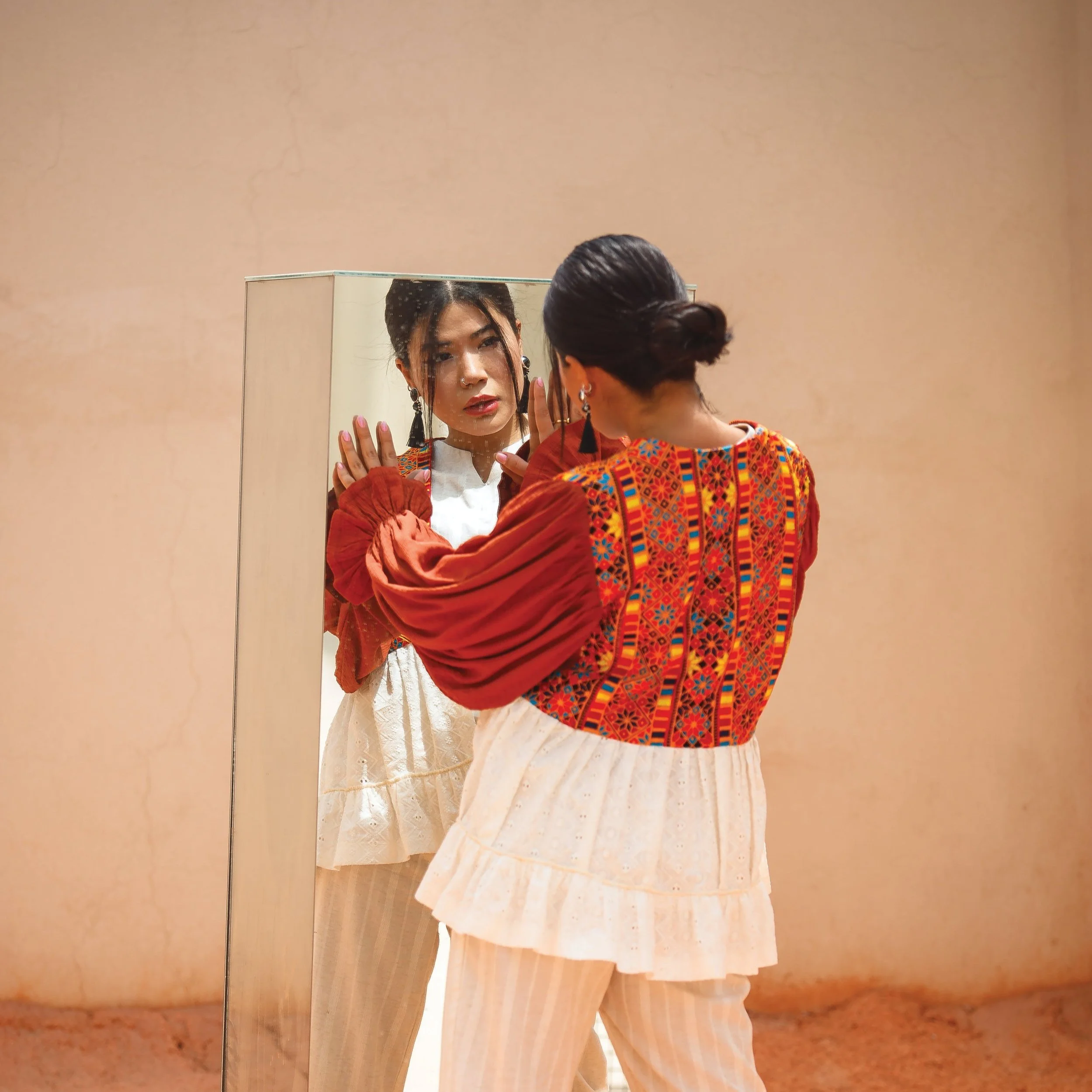‘I Didn’t Have the “Desirable” Body I Saw Online or in Magazines’: Scoliosis, the Media, and the ‘Perfect’ Female Body
By Megan Phillips
My back is noticeably different. There is an obvious curvature that creates a wonkiness to my body. Scoliosis is quite common among young women. They are more likely to be diagnosed than young boy – ten percent compared to five percent. The culprit is puberty; young women grow faster than boys, and this can often create a more evident curve in the spine.
As a young woman, it was reassuring to hear others say they had it too. But as those others grew out of it, I didn’t. My curvature got worse. Instead of my curvature straightening, it seemed as though my body grew around it. My shoulder became more lopsided, one rib cage stuck out more than the other, and my hips were always sore. My one saving grace was my ballet teacher. With her constant reminders to hold my body upright and pull my shoulders back – ‘stand straight!’, ‘Megan, shoulder down’ – I learnt how to conceal those parts. Even the pain eased as ballet made me more mobile. But the one thing I could never hide or contort was my chest.
The way my curvature has formed has resulted in my breasts being two different sizes. Obviously this is quite normal. But the size difference between them is far more than most women I know. There is a cup size (easily) between them, and for the longest time I hated this part of me. It made me feel incredibly insecure about what clothes I wore and who saw my body. I didn’t have the ‘desirable’ body I saw online or in magazines. I hid my body and would fill one side of my bra with extra padding (thank you M&S), trying to replicate what I saw as the norm.
Consequently, this impacted me as I started dating. Firstly, if a guy took my bra off I didn’t want the padding falling out – in my mind that was the most embarrassing thing that could happen. But the main point of contention for me was for a guy to see me naked. My boob(s) aren’t big, which was already an insecurity. The media portray the idea that men want women with a slim but curvy figure (I am as straight as an ironing board), big boobs to go along with this, and – for sure– even boobs.
How the media portrayed a woman worth desiring during my adolescence was not me. One body type and shape was seen, and anything outside of that almost didn’t exist. I’d never seen anyone in the media with an obvious display of scoliosis, nor had I heard anyone talk of having it. I certainly hadn’t heard of anyone talk about how it affected their body, and the differences that came from this. I thought my body was abnormal, so I concealed it.
I recently delved into conversation with several women who have scoliosis, asking if their body had physically changed due to their condition, and if so, did it affect their self-image or confidence. The overwhelming response was yes. One woman talks about the discomfort she felt having an x-ray as a young woman, and having to take her top off in front of a stranger to do this. She also refers to the same insecurity as me, stating she grew her hair long to cover her breasts in order to hide them. A second woman speaks of having one breast bigger than the other, describing them as ‘big tit and little tit’.
Two of the women I spoke to had an operation to straighten their spine due to the severity of their curvature. The scar this operation leaves you with is rather large, and one spoke about the impact this had on her confidence. The youngest woman I spoke to truly hit the nail on the head with how it feels to have scoliosis impact your body. Her main body insecurity was that her left shoulder and trap were much higher than her right, and this influenced what clothes she bought or what she noticed in photos. She said: ‘Growing up, it was hard to not feel shame for not being the “perfect” image of a woman’. This really encapsulates everything for me. You grow up with a different shaped body, don’t see it in the media, and learn to believe your body, as a woman, is not acceptable.
As time has gone on, all the women I have spoken to have learnt to love their bodies as they are; I have too. But that doesn’t mean the notion of the ‘perfect’ body on social media doesn’t still exist. There are so many women out there trying to change this narrative, and show women with all different body types to highlight that there is not one right way to look. This is what I hope to achieve for scoliosis. It’s okay to have one boob bigger than the other, or one shoulder that rolls forward or looks higher. The media doesn’t reflect every body, but we can start to push for this change.
Megan Phillips is a feminist writer, whose work focuses on female empowerment, mainly focusing on dress choice and codes. This article supports an ongoing project to empower women with scoliosis. Her next step is a photobook to picture different curves in all their wonder. Please be in touch if you would like to take part in this.
Instagram: @megan_emile
Twitter: @meganemilyphil1
Website: www.meganemilyphillips.com)

